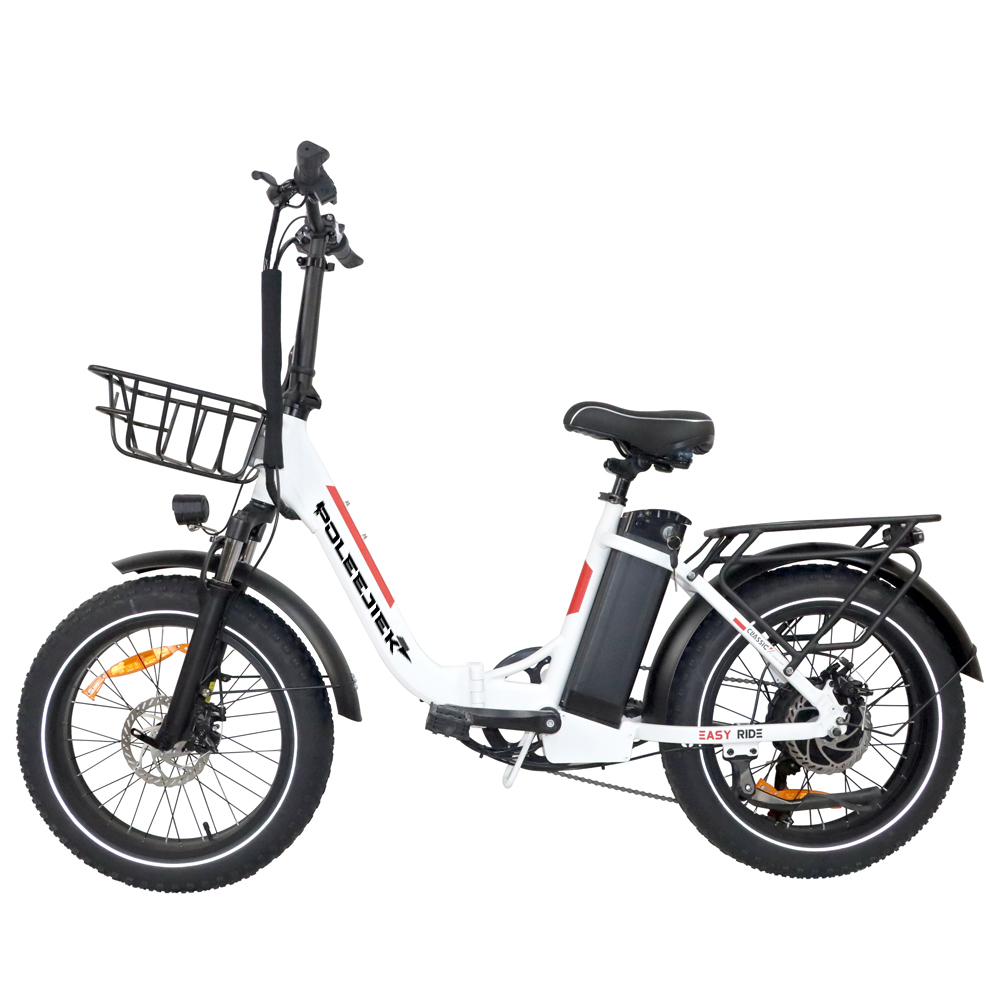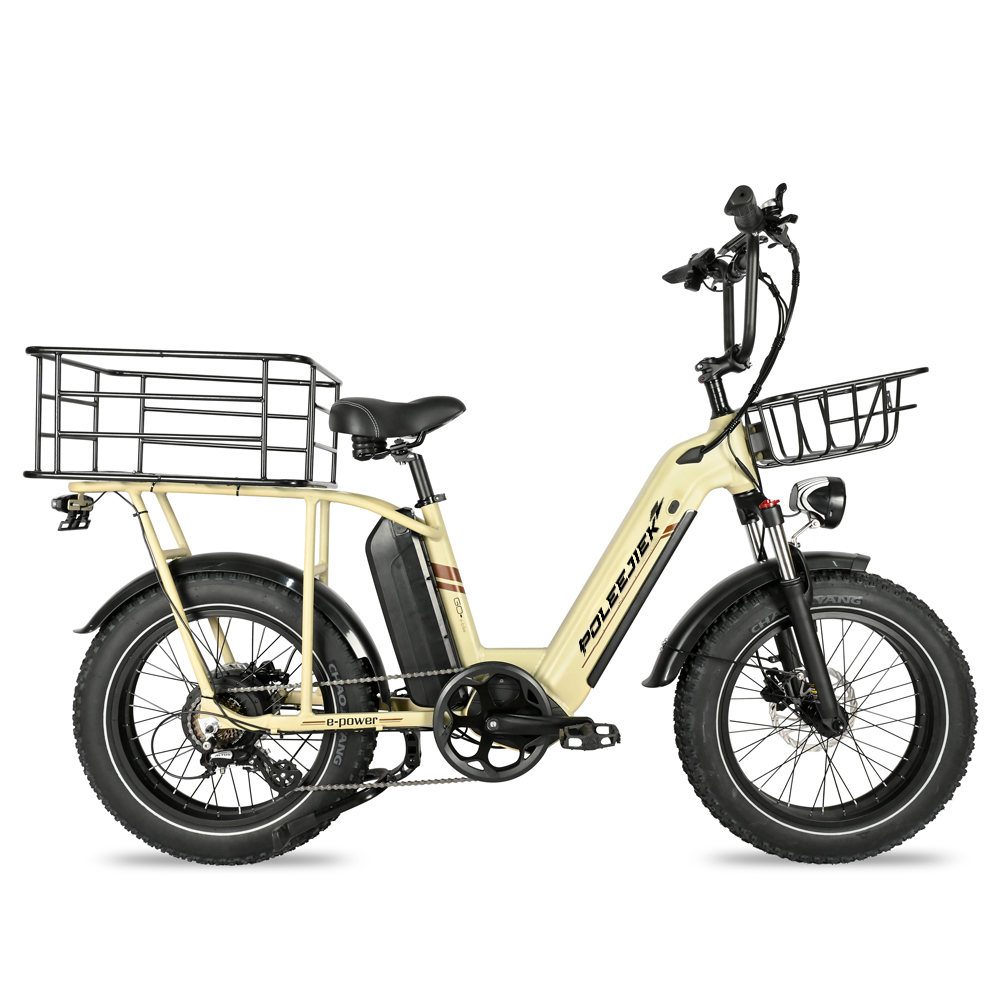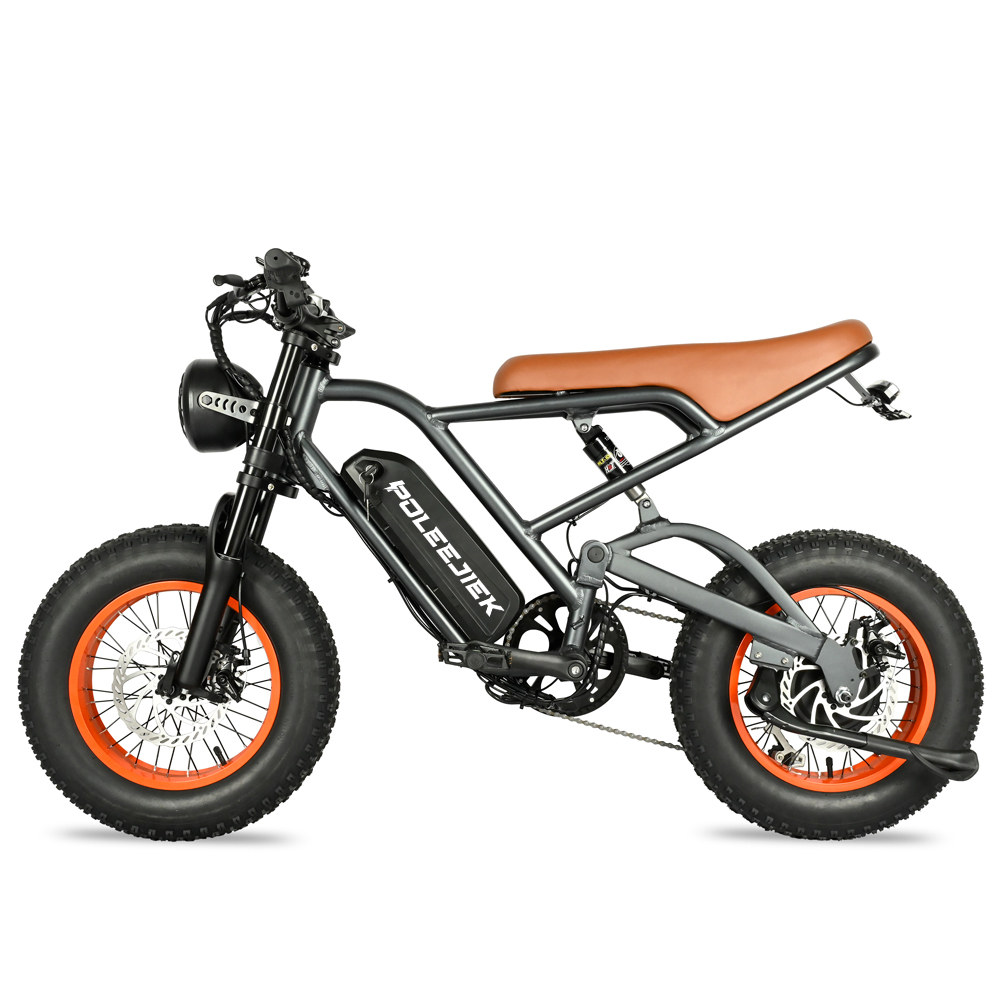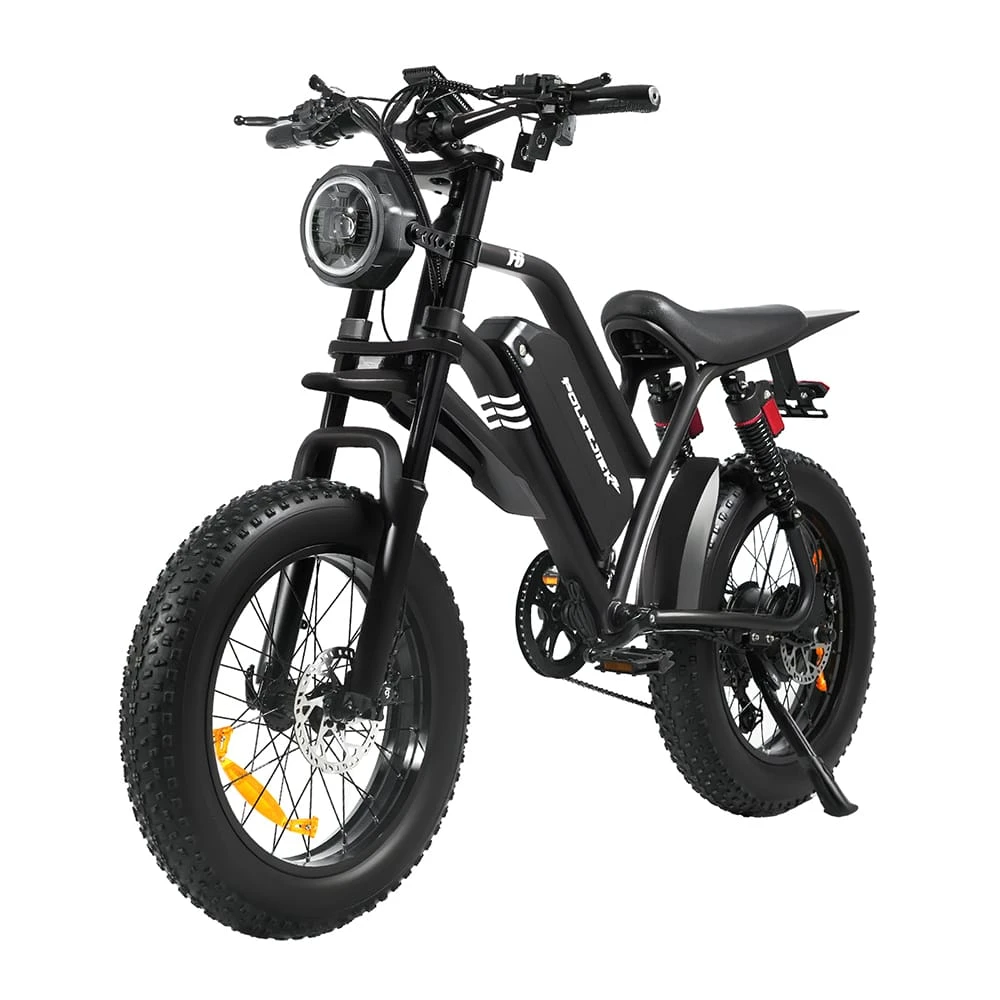Are Electric Dirt Bikes Street Legal? A 2025 Guide to US Laws
You’ve just finished an epic session on the trails, and the ride home is just a few miles down the road. The temptation is immense: can you just ride your electric dirt bike on the street? It’s a question every owner asks, and the answer is a complex but crucial one: it depends.
The legality of riding an electric dirt bike on public roads hinges on a web of federal, state, and local laws. It's not as simple as just putting on a helmet and hitting the pavement.
This guide will demystify the rules. We’ll explain the critical difference between an "e-bike" and a "motorcycle" in the eyes of the law, provide a checklist for what it takes to make your bike street legal, and clarify the necessary paperwork.
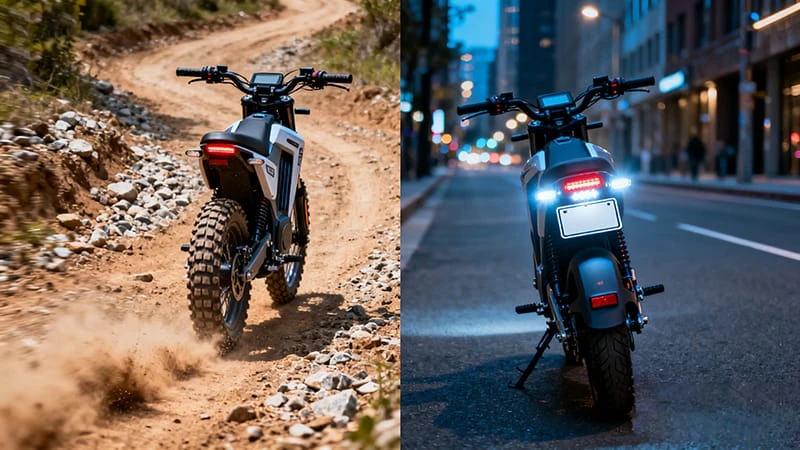
The Core Problem: E-Bike vs. Motorcycle Classification
The main source of confusion comes from how electric dirt bikes are legally classified. While they are "electric bikes," most do not fit the legal definition of a consumer "e-bike."
Federal E-Bike Law (The 3-Class System)
In the United States, federal law defines a consumer electric bicycle as having a motor of less than 750W and a top assisted speed of no more than 28 mph. These are sorted into three classes. As explained by advocacy groups like PeopleForBikes, this classification allows them to be treated more like bicycles than motor vehicles.
However, most high-performance electric dirt bikes—including powerful models from brands like Surron, Talaria, and POLEEJIEK—easily exceed these limits. This pushes them out of the "e-bike" category.
When Your E-Dirt Bike Becomes a "Motor-Driven Cycle" or "Moped"
Once your bike surpasses the 750W/28mph threshold, it is no longer legally an e-bike. Instead, state law typically classifies it as a "motor-driven cycle," "moped," or even a full "motorcycle." This reclassification is the key: it means your bike is now subject to the same rules as gas-powered motor vehicles.
How to Make an Electric Dirt Bike Street Legal (The Conversion Checklist)
To legally ride on the road, your off-road machine must be converted to meet the safety standards for motor vehicles. This involves adding several key components:
- Headlight, Taillight, and Brake Light: A bright headlight with high/low beams and a functioning rear brake light are non-negotiable for visibility.
- Turn Signals: Front and rear turn signals are required in most states to indicate your intent to turn or change lanes.
- Mirrors: You need at least one, typically a left-side mirror, to see traffic behind you.
- Horn: The bike must have a button-operated horn that is audible from a safe distance.
- DOT-Approved Tires: Your standard knobby off-road tires are likely not approved by the Department of Transportation (DOT) for pavement use. You must install street-legal tires with the DOT stamp.
- License Plate Mount with Light: You need a secure, visible place to mount your license plate, and it must be illuminated.
- Speedometer and Odometer: A functional speedometer is required to ensure you're obeying speed limits.
The Legal Paperwork: Registration, Insurance, and Licensing
Adding the parts is only half the battle. The bureaucratic process can be the most challenging part.
Getting a Title and VIN
Most electric dirt bikes are sold for "off-road use only" and do not come with a title. To make it street legal, you'll likely need to go through a state inspection process to be assigned a Vehicle Identification Number (VIN) and issued a new title—a process that can be difficult depending on your state.
Registering Your Bike
With a title in hand, you can visit your local DMV to register your bike as a motorcycle or moped. You will receive a license plate upon paying the registration fees.
Motorcycle Insurance
Liability insurance is mandatory in almost every state to operate a motor vehicle on public roads. You will need to secure a policy for your bike.
The Right License
You cannot ride a motor-driven cycle or motorcycle with a standard driver's license. You will need to obtain a Class M (motorcycle) endorsement by passing a written test and a riding skills test.
State-by-State Variations: A Quick Snapshot
- California: Known for being strict, but has clear processes (requiring inspections) for getting off-road vehicles registered for the street.
- Vermont & South Dakota: Historically, these states have had more lenient regulations for registering unique vehicles, though many loopholes are being closed.
What About POLEEJIEK Bikes?
At POLEEJIEK, we design our electric dirt bikes to provide the ultimate off-road experience. Powerful and durable models like our POLEEJIEK BLJ-Motorcycle are built to conquer trails, not traffic.
While they come equipped with features like a headlight, they are sold for off-road use. Making them fully street legal would require the additional components and legal paperwork detailed in this guide. We always recommend you start by contacting your local DMV to understand the specific requirements in your area.
Conclusion: Ride Smart, Ride Legal
Making an electric dirt bike street legal is a rewarding but challenging project. It requires a significant investment in both parts and time to navigate the legal system. The most important takeaway is to understand that once you decide to ride on the road, you are operating a motor vehicle and must follow the same rules.
For a deeper look into choosing the right off-road machine for your adventures, check out our Ultimate Guide to Electric Dirt Bikes for Adults. Ride hard, ride safe, and most importantly, ride legal.



